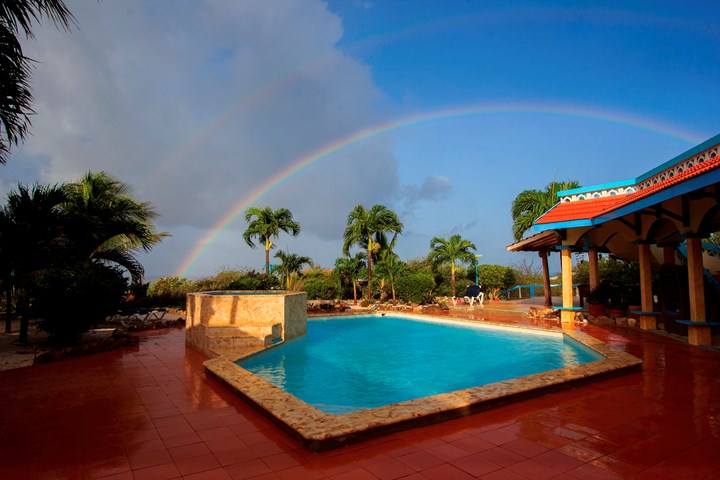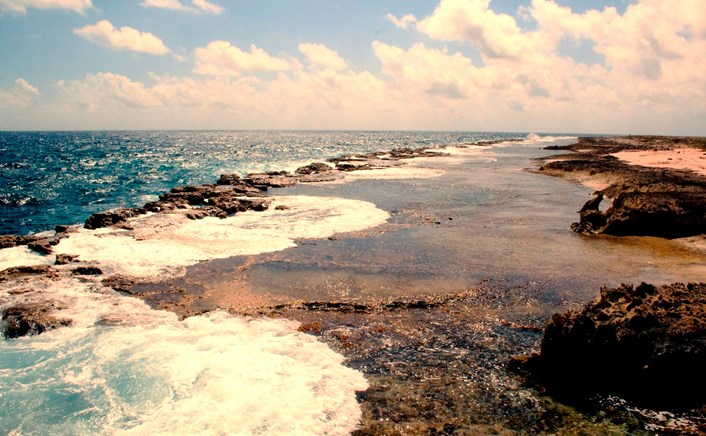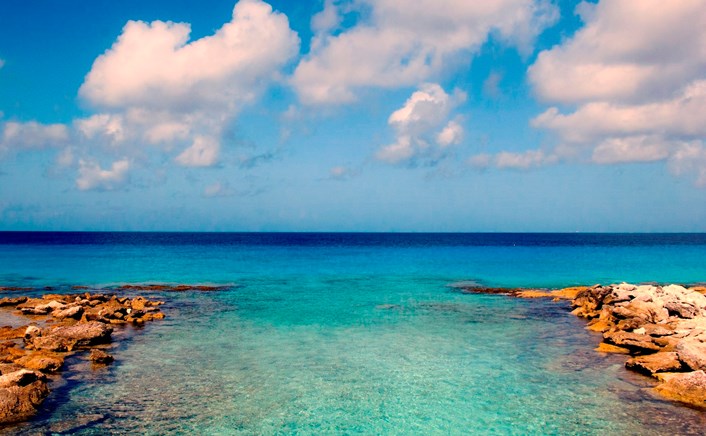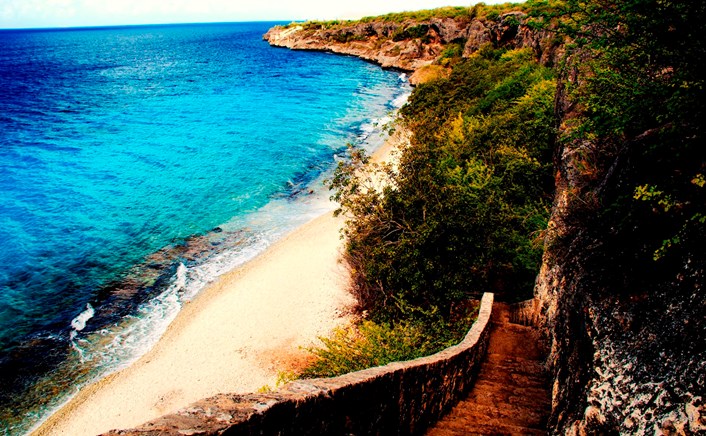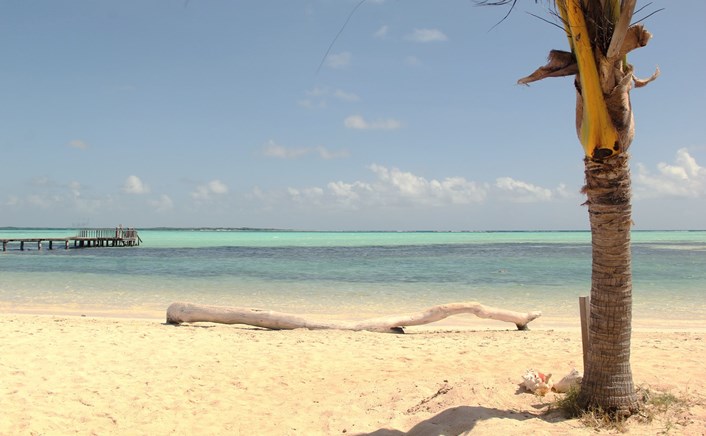- +599 78 28 247
- info@gooodresort.com
The Climate
Climate
Bonaire is blessed with one of the gentlest climates in the Caribbean, with very little rainfall (less than 22 inches annually) and a prevailing easterly trade wind that provides a constistent 15 mph (= 25 Kmh) breeze. This trade wind is also one of the coral reefs best friends and a major reason these reefs are among the most prolific in the world. When the wind blows continuously from the same direction, one side of the island has "rough" water conditions (the windward side), the other side (the leeside) is almost always calm. Since Bonaire lies at a 90 degree angle to its trade winds, the island's western side (where you'll find all of the snorkeling operations) is always calm and protected.
Not only does this provide perfect snorkeling conditions about 99% (no exaggeration) of the time, it also allows corals to grow prolifically in shallow water (rough water tends to knock some of the corals over, preventing them from attaining full growth).
Seasons
In terms of climate, there are really only two Bonaire seasons. These seasons include the rainy season and the dry season. December through March is the rainy season, and while you can expect a daily downpour during this period, the rain doesn't usually fall for long before the sun reemerges. As for the warmest months in Bonaire, they are August and September.
If you are wondering when to go to Bonaire you could essentially drop the names of all twelve months in a hat and pick one. Bonaire is really a fantastic destination regardless of the month. The water is calm and clear on the leeward side throughout the year, so there's never a bad time to dive or snorkel.The beaches are idyllic in the spring, summer, fall, and winter. As for a hurricane season, Bonaire doesn't really have one, as it is located outside of the Caribbean hurricane zone. When it comes down to it, the best time to travel to Bonaire is whenever you can free up the time.

